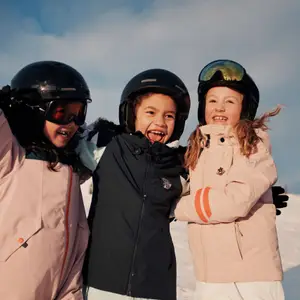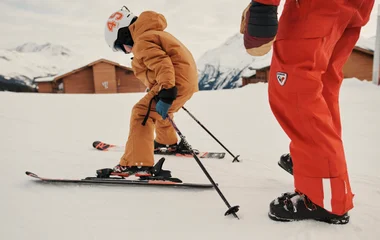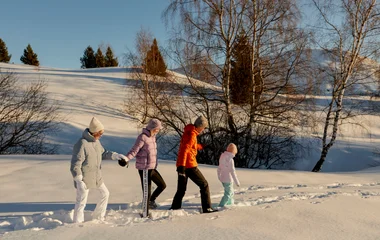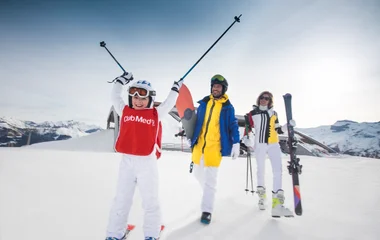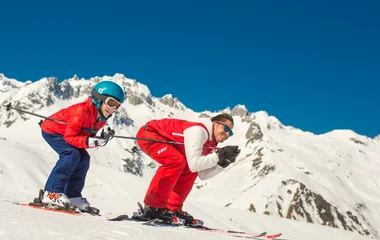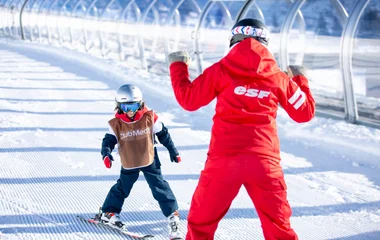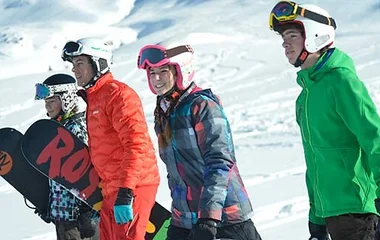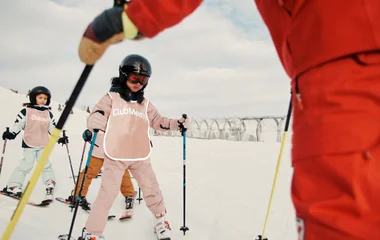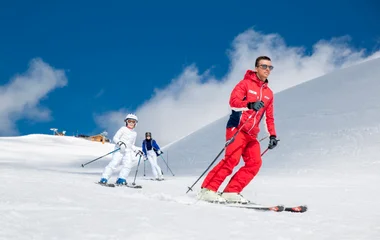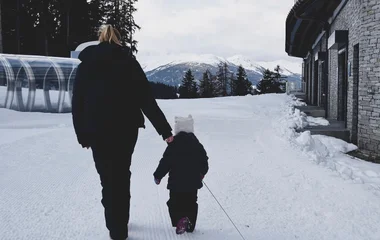
Understanding Developmental Milestones
The best age to start ski lessons can vary depending on your child's development. Generally, most ski schools recommend that children start skiing between the ages of 3 and 5. This age range is typically when children have developed the necessary motor skills, such as balance and coordination, to handle the basics of skiing.
Children at this age are usually capable of following simple instructions and have the physical strength to control their movements on skis. It's also a time when many kids are eager to learn new things, which can make snow sports both fun and rewarding.
